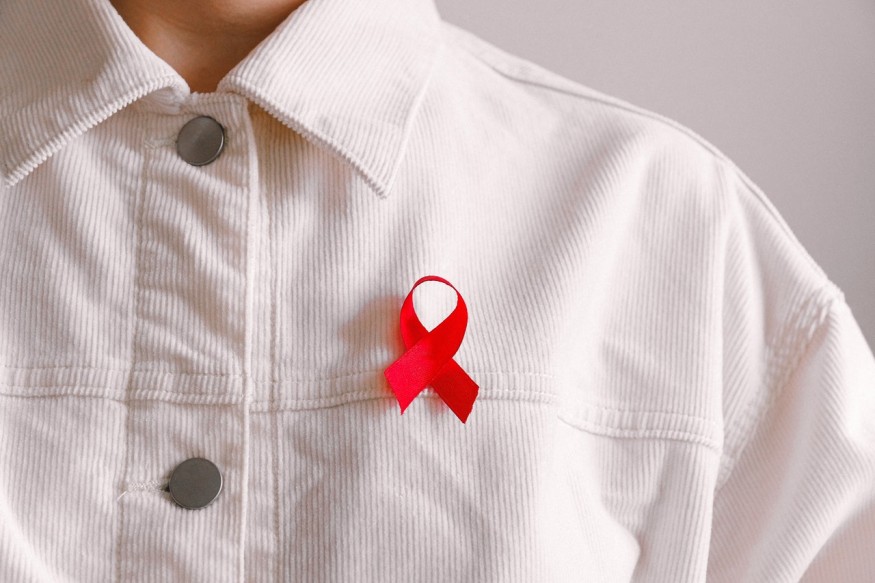A decade ago, a woman in the United States was diagnosed with human immunodeficiency virus (HIV). She was administered long-term antiretroviral treatments to keep the virus from destroying her immune system.
At present, the woman has completely recovered from HIV. Her body has completely purged the virus and her cure gives others hope that they will experience the same healing too.
U.S. Woman the Third Person Cured of HIV

Experts from the US presented the latest HIV update under the International Maternal Pediatric Adolescent AIDS Clinical Trials Network (IMPACCT). According to the medical report, the middle-aged patient has completely recovered from HIV over four years after receiving revolutionary treatment specialized for blood cancer.
Aside from the woman, two other individuals were confirmed to be in HIV remission. Both received a bone marrow transplant from donors with HIV-blocking mutations to treat leukemia.
One of them was a Caucasian male known as the "Berlin patient." He was in remission for over a decade before he succumbed to cancer in 2020. The other, a Latino male, called "London patient," has been virus-free for two years already.
Just like the first two HIV survivors, the woman was also diagnosed with blood cancer. In 2017, her tests confirmed she had acute myelogenous leukemia (AML), a type of blood cancer that also affects the bone marrow.
Since the woman is of mixed-race heritage, the specialists used stem cells that could potentially provide the seed for new, healthy bone marrow using umbilical cord blood. This approach doesn't require the donor and host to be a perfect immunological match. It has been used since the 1990s and over 350,000 leukemia patients have already received a cord blood donation worldwide.
Umbilical Blood Stem Cells for Leukemia Therapy Used for HIV Treatment
The umbilical cord is the best choice for AML treatment. The only downside of the therapy is that it takes a lot of time to work and for the white blood cells to manifest against potential infections.
So, the medical team devised two strategies - an infusion of blood from a compatible relative for temporary defense and cord stem cells to generate white cells. The cord cells' DNA carries two copies of CCR5 delta-32 mutation that blocks HIV from accessing and destroying the white blood cells.
Three months after the transplant, the woman's T white blood cells and myeloid cells were derived from the stem cells in the cord blood. Since then, she has stopped all the antiretroviral medication and there have been no signs of any active HIV particles.
Cord blood stem cells are the best choice for leukemia therapy. Compared to traditional treatments, the said stem cells reduce the risk of relapse. The graft versus host disease, which is a common complication among bone marrow transplants, can also be evaded by using cord blood stem cells. The new HIV survivor was released from the hospital just 17 days after the operation.
Moreover, the umbilical cord blood works with patients regardless of their racial backgrounds. The findings were presented at the 2022 Conference on Retroviruses and Opportunistic Infections, with the paper yet to be announced.
RELATED ARTICLE : Predecessor of Pontiac Fever Causing Legionella Bacteria Discovered to Infect Animal Cells 2 Billion Years Ago
Check out more news and information on Medicine and Health in Science Times.
© 2025 ScienceTimes.com All rights reserved. Do not reproduce without permission. The window to the world of Science Times.











